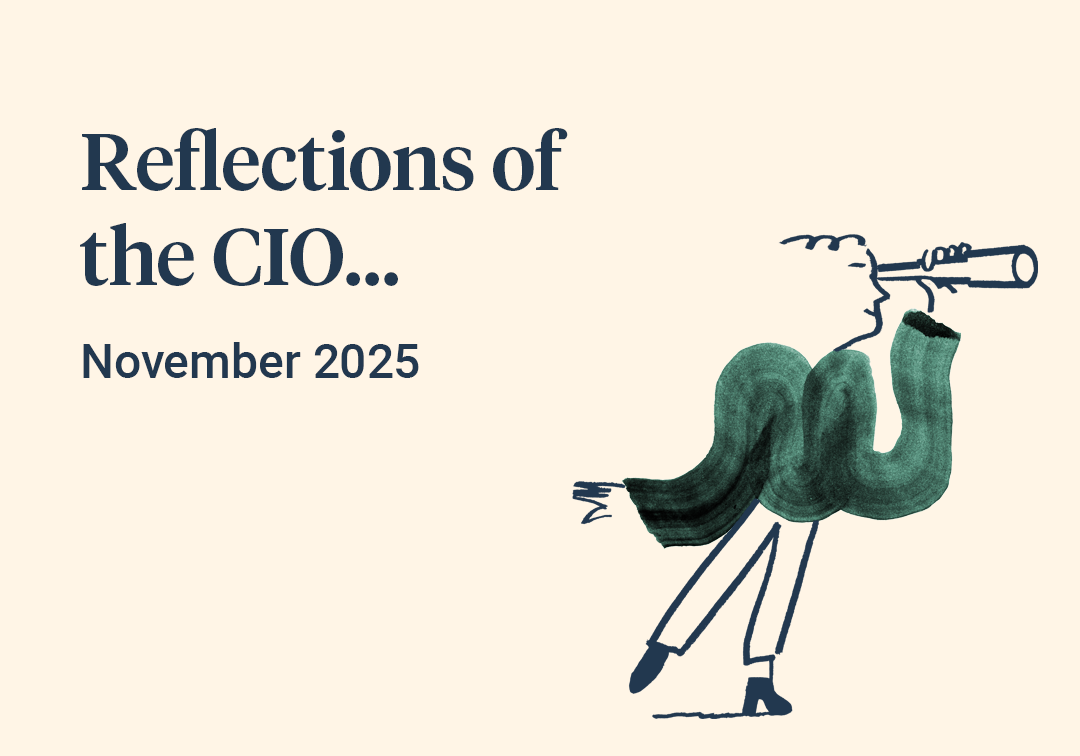The New Year has begun well, with markets displaying a high degree of ‘sang froid’ in the face of fast changing and dramatic news flow. Sentiment ebbed and flowed, ending on what we would describe as a fragile high, but a high, nonetheless.
As could have been expected, January ended up being dominated by US politics, particularly in the latter part of the month after the inauguration of President Donald Trump. Prior to this, equity markets were trading very well, powered by ongoing strength in the US economy and a series of inflation readings that turned out to be relatively benign compared to estimates. The scene was now set for investors to digest and absorb the detail of how the new administration was going to direct its energies.
Although many headlines were generated by a flurry of executive orders on day one, market attention was firmly fixed upon the early imposition of tariffs on Mexico, Canada and China, three countries which supply over $1.3 trillion of goods to the USA.[1] Consensus opinion had generally taken the attitude that these policies would end up being more ‘bark than bite’ – a series of negotiating ploys which would ultimately end up being watered down in return for concessions elsewhere. Such views were put to the test right at the end of January, with 25% tariffs imposed upon Canadian and Mexican goods and 10% on Chinese ones.[2] It was now abundantly clear to all that the administration was prepared to take some pain in pursuit of their objectives and did not share the markets view that tariffs were a bad idea.
Concurrent with all this news, another event happened unexpectedly, throwing a curve ball into consensus thinking in the technology sector. The potential of artificial intelligence (AI) tools to significantly enhance economic productivity has been a crucial driver of stock market returns over the last two years, with enormous amounts of value created in the leading US technology companies (the so called Magnificent 7) and their associated supply chains. In late January, coincidentally (?) timed to align with the arrival of a new President, a Chinese AI company called DeepSeek announced that it had not only produced a generative AI product as good as anything the US had made but had done so at a fraction of the cost.[3] The methodology and source code behind this breakthrough were also made available for all to see and use. At one stroke, the idea that the only way to access useful AI products had to be through US tech companies, or by sinking vast sums into R&D, was shattered. Nvidia, the largest supplier of expensive AI hardware, previously thought to be indispensable, lost nearly $700bn of value in one day as the news reverberated across the globe.[4]



